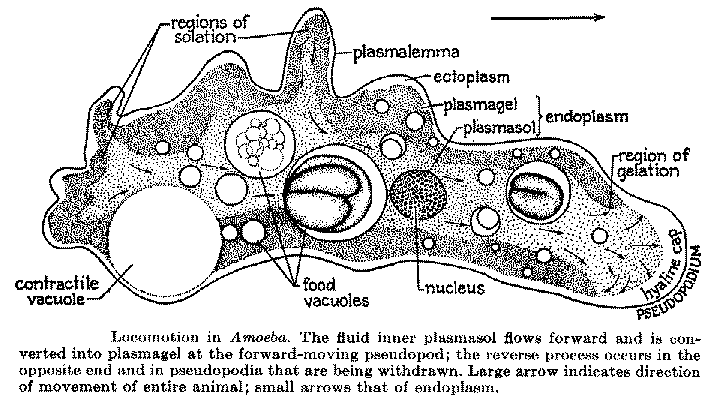Schwarz
View current page
...more recent posts
Impruneta terracotta
The Boomerang or Skylark Formica pattern by Brooks Stevens in 1950 and updated by Raymond Loewy in 1954
Recycled Island

Calder asked Duchamp, "What should I call these things. " Duchamp replied, "Mobiles, " this was a French pun, which meant motive and motion. Jean Paul Sartre described the mobile as, " The mobile is a little private celebration, an object defined by its movement and having no other existence. A mobile does not suggest anything. It captures genuine living movements. Mobiles have no meaning, they are, that is all. " In Calder's early years as an artist, it seems he was systematic in his approach to "composing motions." Later, having perfected his technical methods, he became ever more inventive with his moving sculpture. The most engaging aspect of Calder's sculpture was its interaction with space. Mobiles participated in lively dialogues with their environs, reacting to air currents and human touch. The stabiles enfolded and incorporated spatial volume. As Calder put it: "I paint with shapes."
During this time, Calder fell under the spell of Leger, Duchamp, Arp, Klee, and Picasso. His greatest influence however was Miro who was a direct inspiration for many of the shapes that he used. Miro’s biomorphic motif survived in Calder's art until the end of his life. Calder’s sculpture was the perfect marriage of abstraction and movement. Einstein once visited a Calder show and stood transfixed for forty minutes in front of a work called Universe. By 1937, Calder was thinking of making monumental public sculptures of his works. He refused to call his work art, "I call them objects, that way no one can come along and say, these aren’t sculptures, it washes my hands of having to define them."
Biomorphism is an art movement that began in the 20th century.
The term was first used in 1936, by Alfred H. Barr, Jr. Biomorphist art focuses on the power of natural life and uses organic shapes, with shapeless and vaguely spherical hints of the forms of biology. Biomorphism has connections with Surrealism and Art Nouveau.
jens risom amoeba coffee table 1941
noguchi
There was the time I went to Hawaii in 1939 to do an advertisement (with Georgia O'Keefe and Pierre Roy). As a result of this I had met Robsjohn Gibbings, the furniture designer, who had asked me to do a coffee table for him. ( I had already done a table for Conger Goodyear). I designed a small model in plastic and heard no further before I went west.
While interned in Poston I was surprised to see a variation of this published as a Gibbings advertisement. When, on my return I remonstrated, he said anybody could make a three-legged table. In revenge, I made my own variant of my own table, articulated as the Goodyear Table, but reduced to rudiments. It illustrated an article by George Nelson called 'How to Make a Table'. This is the Coffee Table that was later sold in such quantity by the Herman Miller Furniture Company.
In 1915 Arp was commissioned to decorate the interior walls of a theosophical institute in Paris. He cut large paper shapes in a variety of colors and covered the walls with these "lyrical abstractions," as Richter called them. In 1916 these paper shapes evolved into amoeba-like wood reliefs which Arp painted in various colors, cut rounded holes into, superimposed in several layers, and hung on walls. Although given names suggesting representational images, few of these sculptures were anything but abstract flights of fancy. Speaking of Arp's sculpture, Robert Melville wrote in Arp that many of Arp's works could "be described as the relief maps of a poetic cosmogony: they appear to relate to Arp's avowed interest in the Pre-Socratic philosophers, and in particular to their speculations upon the originative material of things and the coherence of the natural world." Thomas B. Hess, writing in ARTNews, found that Arp's sculpture exhibited a kind of mysticism set off by his "balancing force, wit. It combines with all his philosophies to set up an equilibrium and tension of form and content."
like a broken pediment
"Ms. MacLear said that Johnson was known for weak drawing skills. He had a “high-concept” sketching style, she said. "

